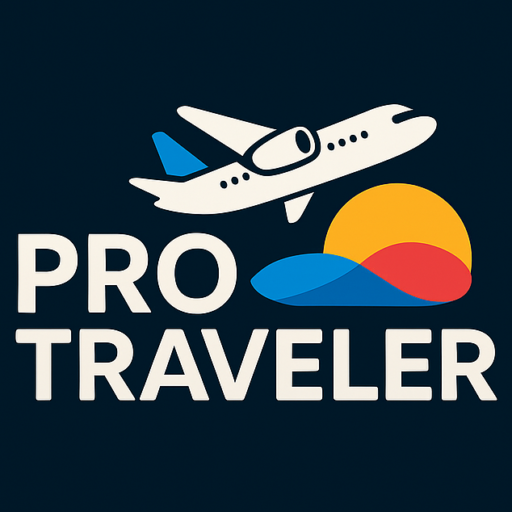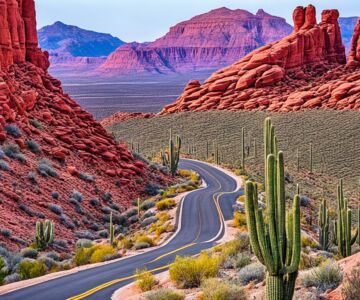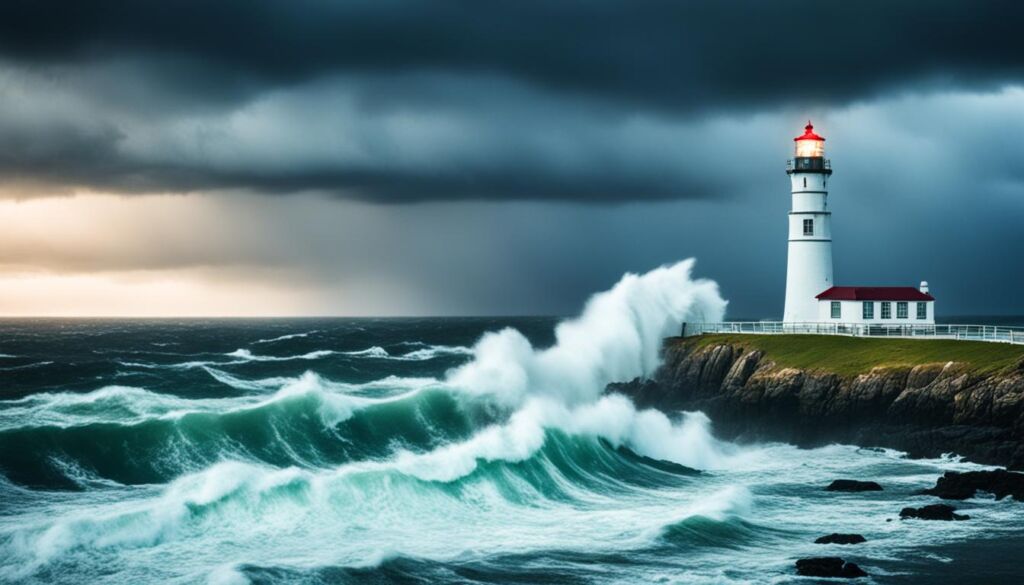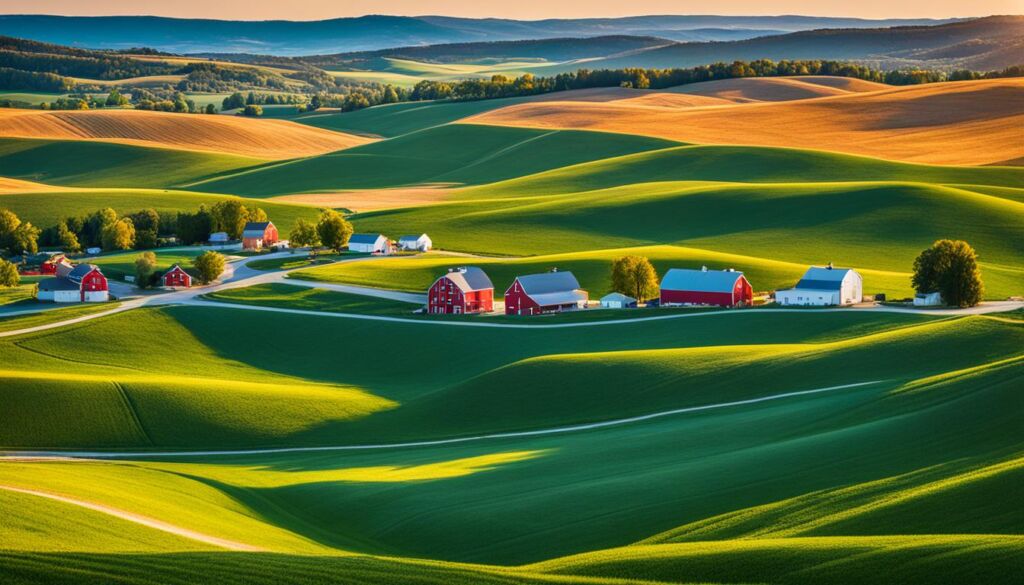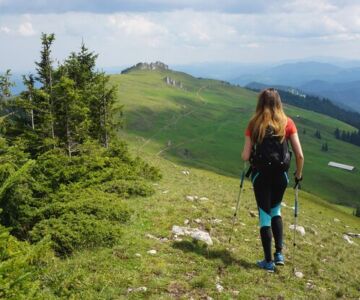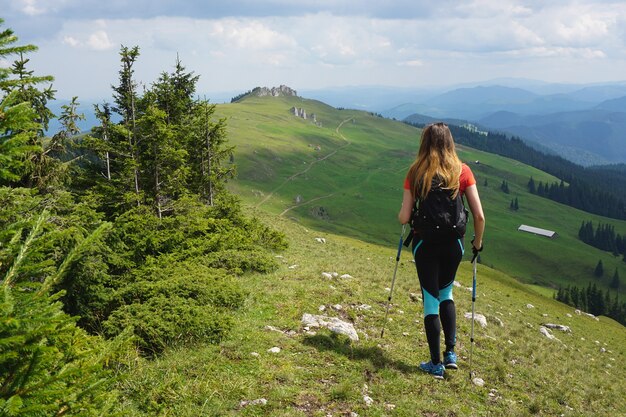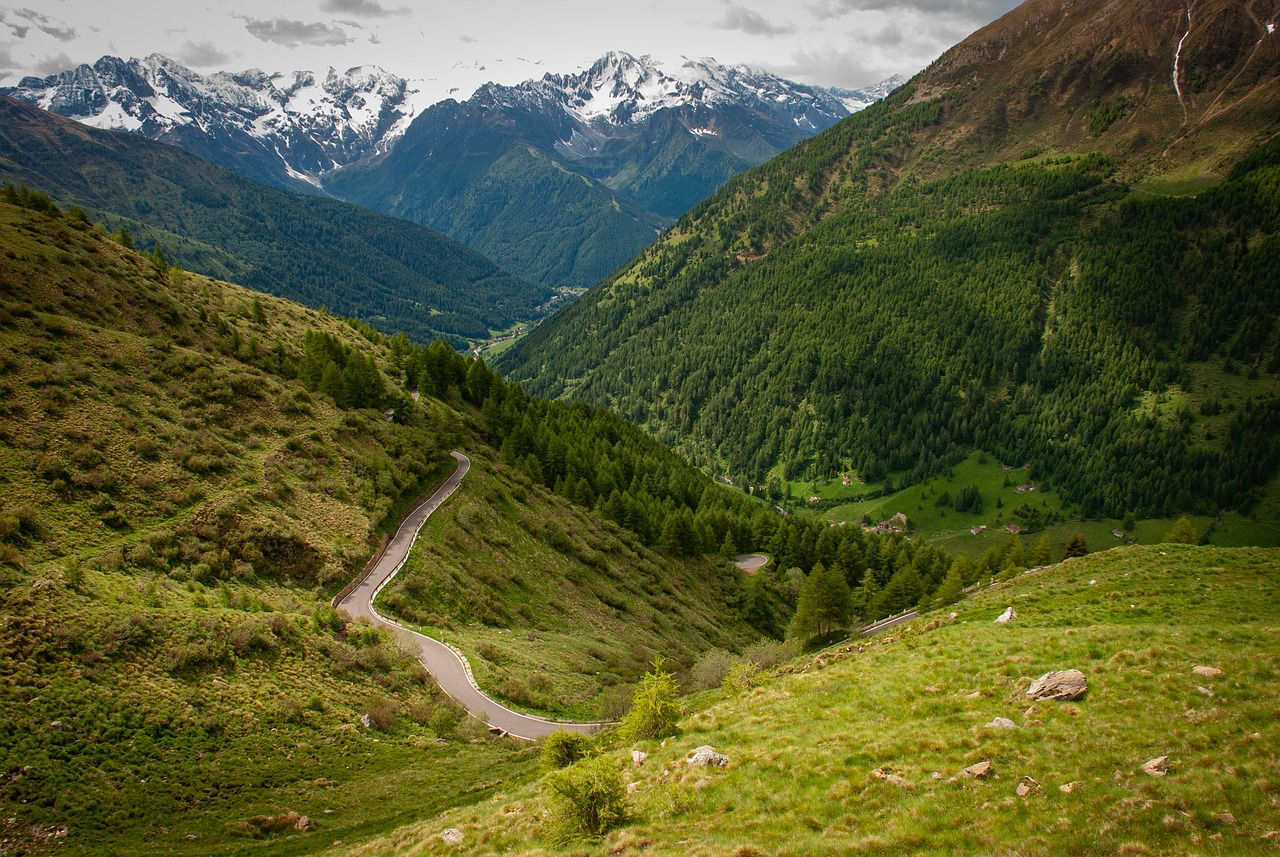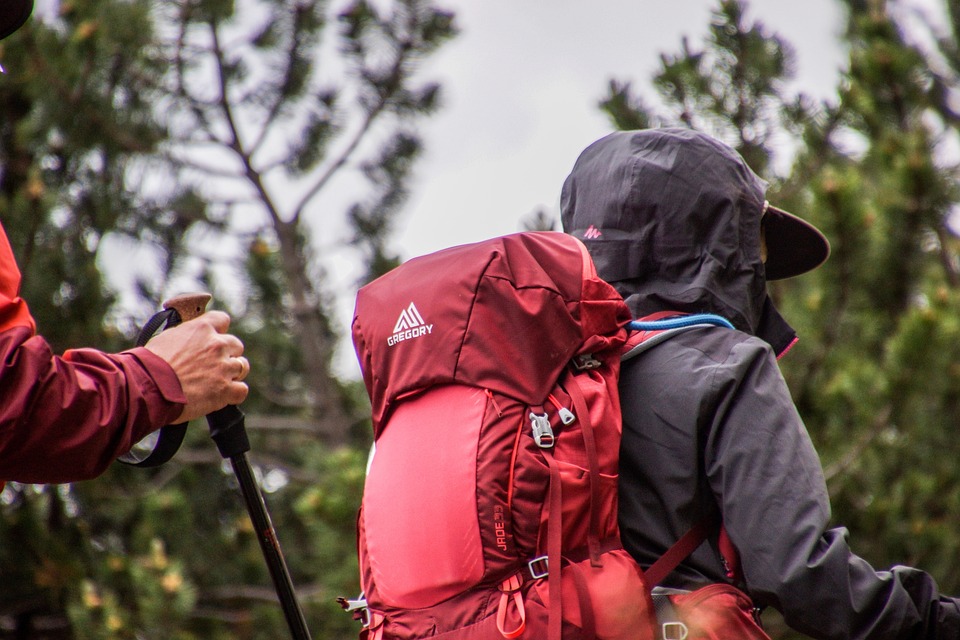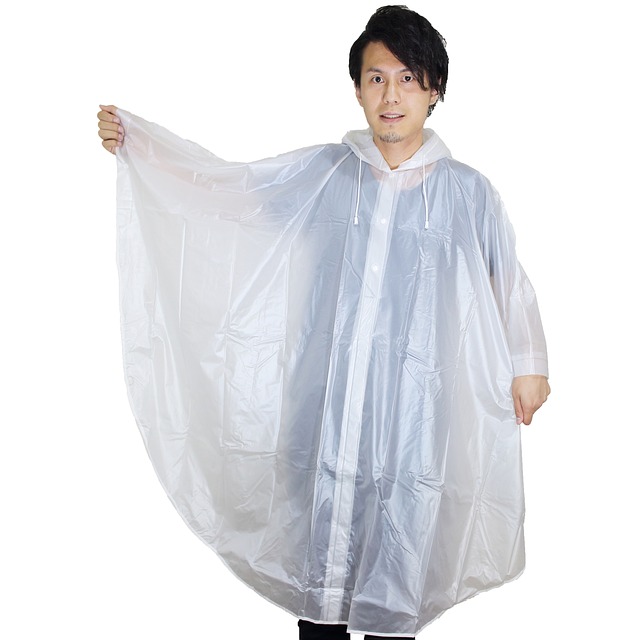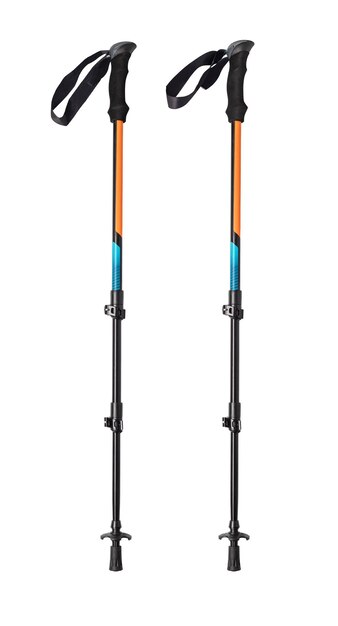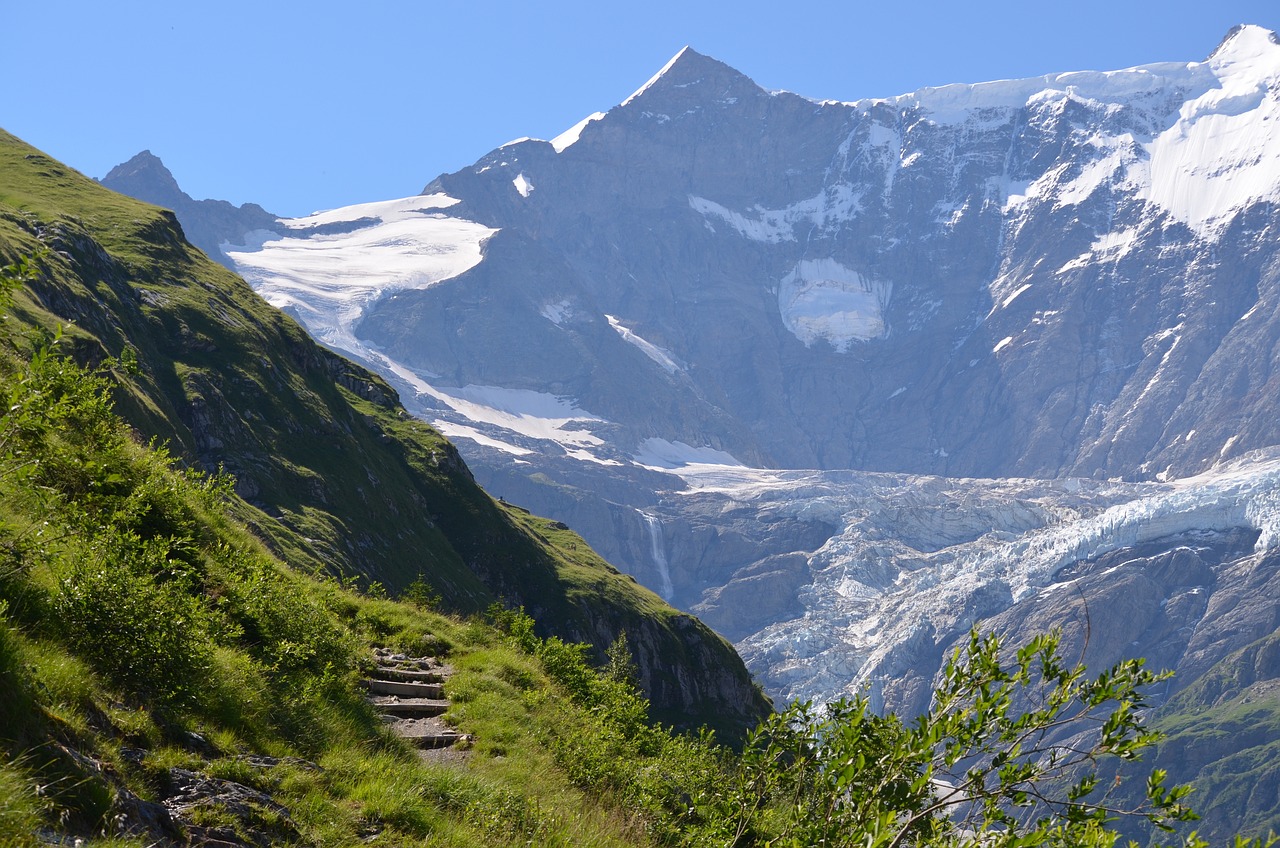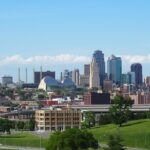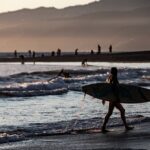America’s scenic wonders are waiting for you. It’s key to be ready before you start your trip to the best national parks in North America. With 418 public lands and 63 amazing national parks, planning is like exploring the parks themselves.
Park Ranger Riley has visited almost 200 national parks. He shares tips to enhance your adventure. You’ll learn about the National Park Travelers Club and how to plan your trip. This includes info on passes, places to stay, and what to pack.
Key Takeaways
- There are currently 418 public lands protected by the National Park Service.
- 63 national parks in America offer diverse landscapes and experiences.
- Consider an Annual Pass for cost-effective visits to multiple parks.
- Plan your visit time considering seasonal weather variations.
- Collaborate with the National Park Travelers Club for tips and experiences.
Plan Your Visit in Advance

Visiting national parks lets you see amazing nature and beautiful views. But, these places are popular. So, you need to plan well. Here’s how to make your visit great.
Research Best Times to Visit
Choosing the best time to go is key. Yellowstone, in Idaho, Montana, and Wyoming, is best in winter and early spring. But, places like Yosemite and the Grand Canyon get very busy. You need to book early for these spots.
Places like Acadia and Great Smoky Mountains get a lot of visitors. Try to go when it’s not so busy. This way, you’ll have a better time.
Check for Necessary Permits
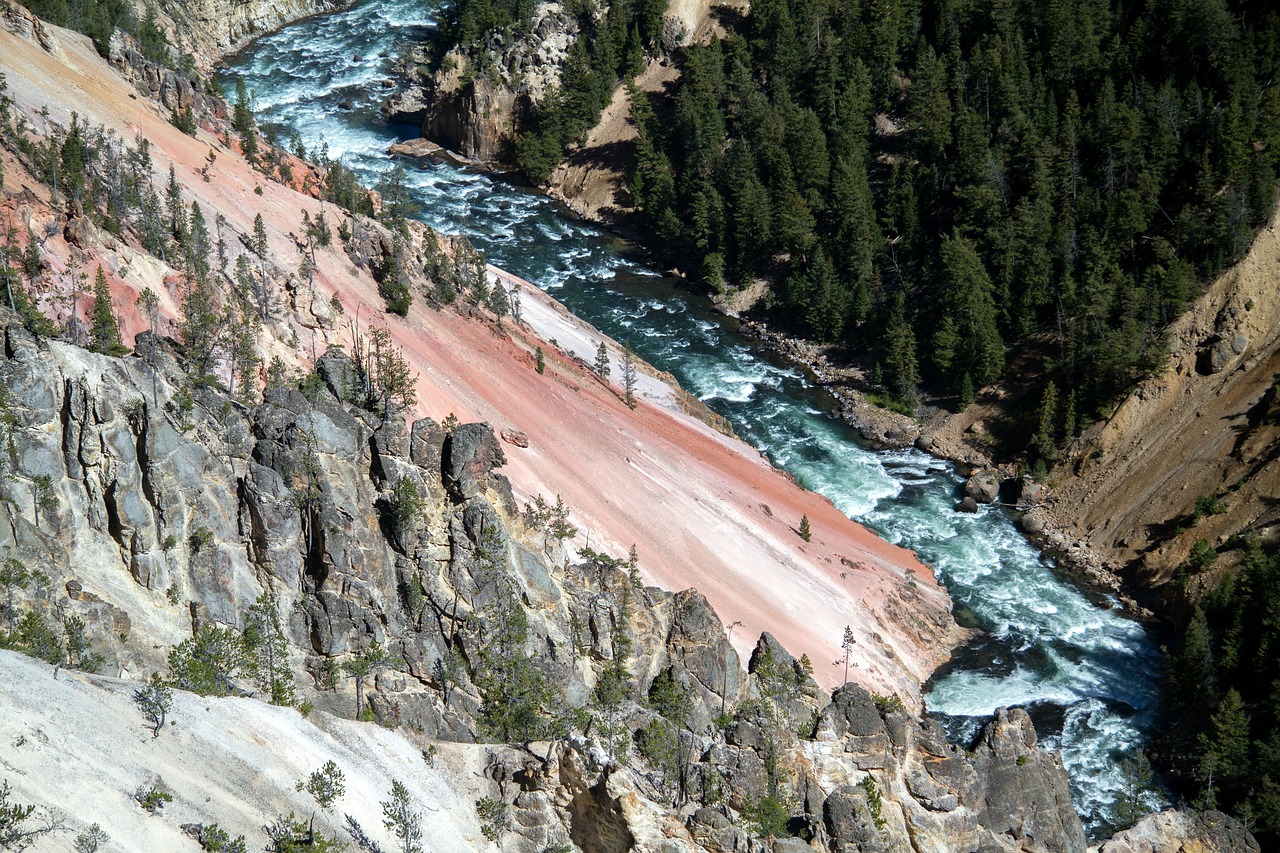
Some parks need permits to keep things under control and protect nature. For example, you need timed entry permits for Arches, Glacier, and Zion National Parks. Always check the park’s website for permit info and how to get them.
Some parks, like Great Smoky Mountains, need parking permits. These can be daily or yearly. Make sure to plan for these when you visit.
| Park | Required Permits | Peak Season |
|---|---|---|
| Yellowstone | N/A | Summer |
| Yosemite | Timed Entry | Spring to Fall |
| Acadia | Vehicle Reservation | Late Spring to Fall |
| Zion | Hiking Permits | Spring to Fall |
| Great Smoky Mountains | Parking Permits | Year-Round |
Getting ready ahead of time makes visiting national parks easier. You can enjoy your trip more. Whether you’re in Yellowstone or the Grand Canyon, planning helps make it better.
Choose the Right Accommodation
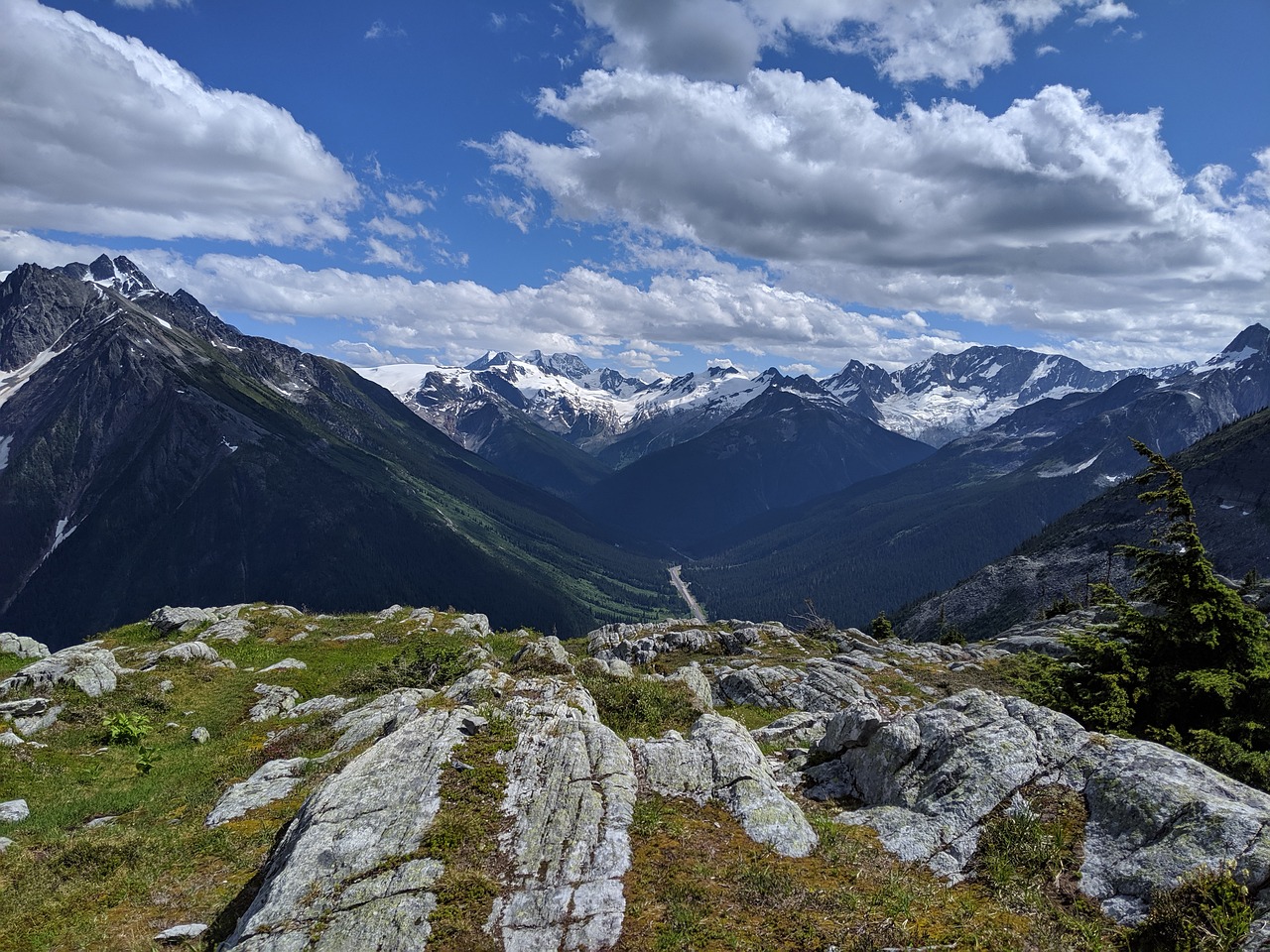
Planning your trip to one of the 63 national parks in the U.S. means picking the right place to stay. You can choose between camping or staying in a hotel. Think about your budget, how close you want to be to park sights, and what kind of experience you want.
Camping vs. Lodging
Camping lets you really connect with nature. There are over 130 campgrounds in the national parks. You can book these spots through Recreation.gov to make sure you get one.
Camping is usually cheaper but you need to bring your own gear. Hotels or cabins inside the park offer more comfort. Places like the Old Faithful Inn in Yellowstone and El Tovar Hotel in the Grand Canyon have lots of amenities. But, they book up fast.
Booking Inside vs. Outside the Park
Staying inside the park means you’re close to the main sights. Places like Xanterra Travel Collection® offer this convenience. But, you might need to book 13 months ahead.
Some people book outside the park for more space and maybe cheaper prices. But, you’ll have to travel more each day.
It’s smart to book your stay early, whether you camp or stay in a hotel. This way, you’ll have the best time and enjoy the stunning views of these national parks.
Pack Wisely
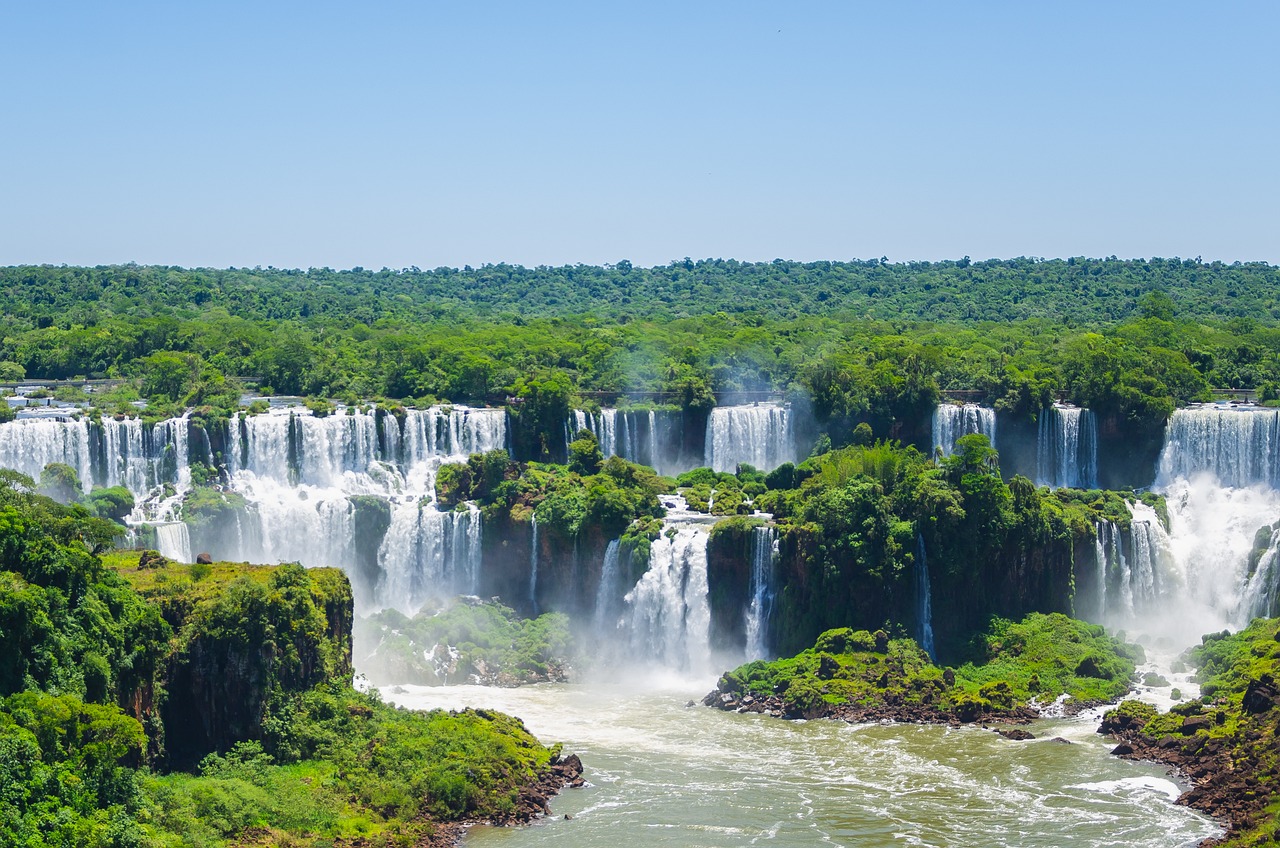
Getting ready for a trip to North American national parks means making a good packing list. This list helps you pack what you need and leave out the rest. September is a great month to visit because it’s quieter. It’s perfect for packing the right gear.
National Park Essentials
Having a complete national park packing list is key. Here are some must-haves for your trip:
- America the Beautiful park passes
- Comfortable, non-slip footwear like hiking boots, especially for trails in parks such as Glacier National Park
- Water bottles or hydration packs to stay hydrated
- Sunscreen and bug spray for sun and bug protection
- A good camera to take pictures, with sunglasses and earrings
- A first-aid kit with basic supplies like antibiotic ointment and bandages
- Technological devices and maps, useful apps like Gaia GPS and the Weather Channel
What Not To Pack
It’s also key to know what not to bring. Overpacking can make your trip harder. Here’s what to skip:
- Too many nice clothes or jeans, choose comfy, useful clothes instead
- Too many gadgets that take up space and weight
- Items not allowed in the park, like drones in some places
Items Based On Destination
What you pack should match the place you’re going and what you’ll do there:
| Destination | Item |
|---|---|
| Bear Country | Bear bag for safety |
| Backcountry | Water filter and camping permits |
| Fall/Winter Visits | Synthetic thermal underwear and warm clothes |
Follow these travel tips and know what to bring for a great national park trip. Packing smart means a more comfy and fun adventure.
Optimize Your Travel Route
Starting a road trip to national parks covers 16,847 miles across 48 states. It takes about two months if you drive fast. Using a national park route planner is key for a smooth trip. These tools help plan your trip and make it better.
The U.S. has 423 sites in the National Parks System, with 63 major parks. You should visit places like Grand Canyon, Yellowstone, and Yosemite. A good plan lets you see different places, from Arizona’s deserts to Florida’s coasts.
Some parks like Yosemite, Zion, and the Grand Canyon get very crowded. Traveling in the off-season can help avoid the crowds. Since four new national parks have been added since 2016, update your planner to include them.
Google Flights or Skyscanner can help find cheap flights to far-off parks. But, not all parks have public transport. So, driving is usually the best way to get around.
| National Park | State | Recommended Visit Time |
|---|---|---|
| Grand Canyon | Arizona | Spring |
| Yellowstone | Wyoming | Summer |
| Everglades | Florida | Winter |
Limit driving to 4-6 hours a day to avoid getting tired. Plan each stop well. Spend 2-3 days in big parks like Yellowstone. Book your stay 6 months early. This way, you’ll enjoy America’s national parks more.
National Parks Tips for Activities
Visiting over 400 national parks in North America is exciting. But, planning your activities well is key to having a great trip.
Book Tours and Activities in Advance
It’s smart to book tours and activities before you go. Use www.recreation.gov to make reservations for tours and campsites easily. This way, you won’t miss out on popular programs and events.
Download Maps and Tickets Ahead of Time
Downloading maps and tickets early saves time and avoids problems. Having everything ready is important. About 60% of visitors use maps to find their way.
Stay Informed with Park Rangers
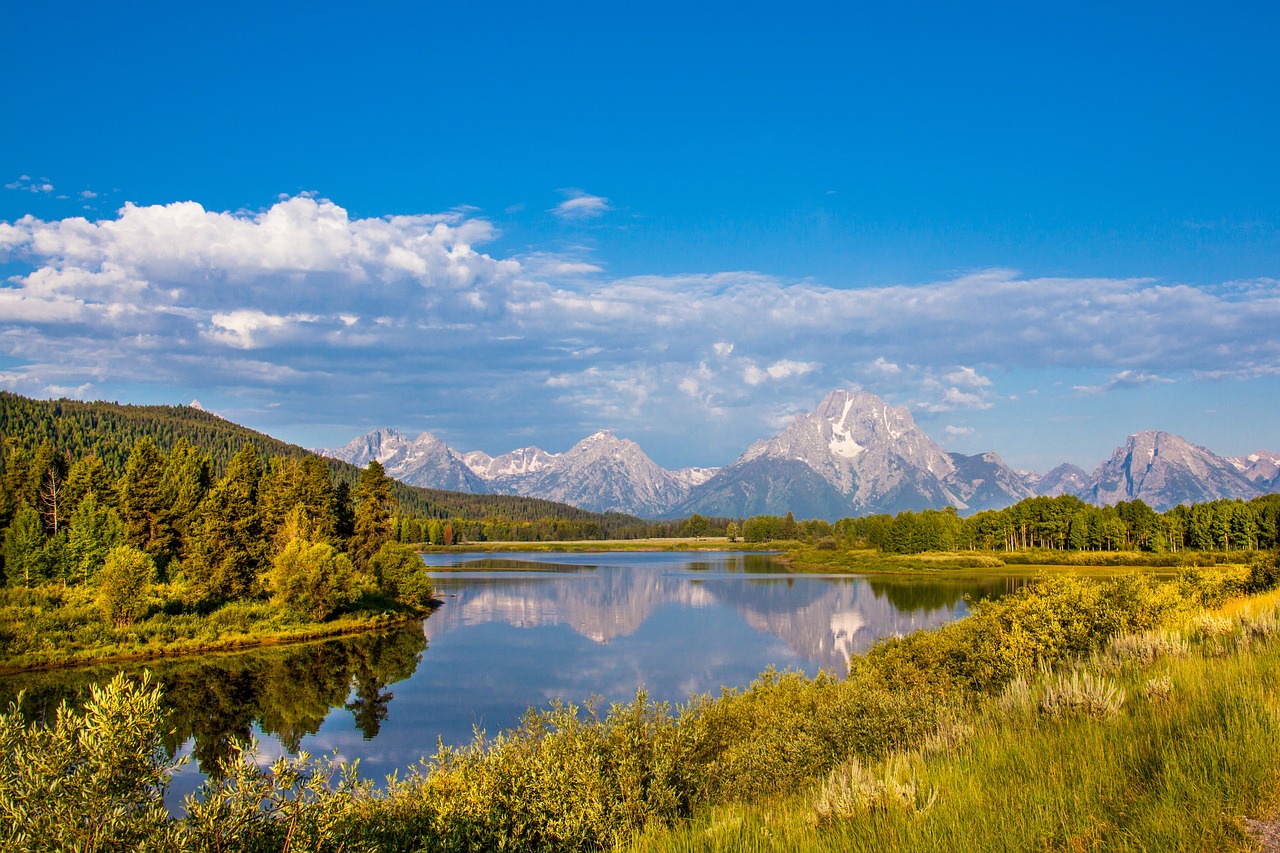
Talk to park rangers when you arrive. They can tell you about the park’s conditions, weather, and safety tips. Ranger-led programs are fun and informative, enjoyed by about 60% of visitors.
Prepare for the Unexpected
When you go to national parks, planning ahead is key. You might face sudden weather changes or trail closures. Being ready for these surprises is key to a safe and fun trip. A good plan can help you avoid risks and make your trip memorable.
Every year, over 300 million people visit national parks. This shows how important it is to have a backup plan. Let’s look at the must-haves for every visitor:
- 1. Carry the 10 Essentials: These are tools for navigation, sun protection, and more. They are a must-have for any hike.
- 2. Contingency Plans: Pack extra gear based on where you’re hiking, how long, and the season. Always have a plan for emergencies like closed trails or bad weather.
- 3. Emergency Communication: Make sure your phone is charged and think about bringing a personal locator beacon. Being able to call for help can save lives.
- 4. Acclimate to Altitudes: If you’re going to high places, get used to the altitude first. This helps avoid getting sick from the high altitude.
- 5. Proper Footwear: Choose strong, rubber-soled shoes or boots for hiking. This helps prevent injuries on different trails.
Here’s a table to help you understand what you need and why:
| Item | Importance |
|---|---|
| Bug Spray | Keeps insects away, very important in wooded areas. |
| Extra Socks | Thick socks help prevent blisters and keep your feet dry. |
| Moleskin | Great for covering blisters to keep you comfortable on long hikes. |
| Emergency Shelter | Things like tents or blankets are key for unexpected overnight stays. |
| First Aid Kit | Has what you need for emergencies and check to make sure items don’t expire. |
Being prepared is the key to a great national park visit. Always check for park alerts and trail closures. Stick together, let the slowest one set the pace, and have a plan to turn back if needed. Being ready for surprises means your trip won’t be ruined by unexpected problems.
Conclusion
Planning is key for a great trip to national parks. These parks get over 330 million visitors every year. Knowing how to visit them can make your trip better.
Start by getting the right permits and picking good places to stay. Pack smart and plan your activities ahead. This way, you’ll enjoy the beauty and help protect the parks.
Keep an eye on the weather and know about wildlife and trail rules. This keeps you and the park safe. Joining educational programs can also make your visit more meaningful.
Being a good visitor is very important. Follow the park rules and keep your food safe. Stick to the trails to protect nature. By doing this, you help keep the parks beautiful for others.
Your actions can inspire others. Every visit to a national park is a chance to help protect nature. It’s a way to make a difference together.

